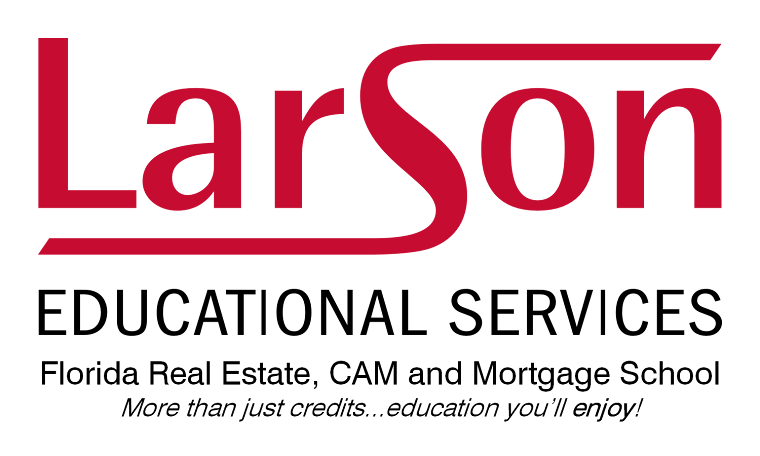FORT MYERS, Florida (October 30, 2013) – The Fed’s
quantitative easing – the purchase of $85 billion in securities per month – has
done its job of keeping the cost of borrowing money to a minimum. But what will
happen when this influx of cash ceases? How will it affect mortgages and home
sales? To understand these questions on quantitative easing, we must first
understand what impact financing has on value and the overall market.
Overall, houses continue to be at all-time high levels of
affordability. Prices are increasing, but buyers are coming into purchases with
more income and cheaper financing. Also, there is no shortage of inventory in
Southwest Florida. These factors make it easier for buyers to buy and agents to
sell houses.
And once the quantitative easing ends? Likely the cost of
borrowing will increase; in other words, mortgage rates will be higher.
Likewise, as financing qualifications are already strict, the qualifying
standards will toughen even more as all provisions of the Dodd-Frank Act come
into full implementation on January 10, 2014. Also, house prices will continue
to rise. All of these factors will combine to continue the trend toward renting
rather than owning property in Southwest Florida for lower-income buyers, which
means more opportunities for investors and property managers.
Higher-income buyers will have more choices in the market
due to builders actively competing with features and financing for those who
need it. As for housing prices? That will be up to the sellers and their real
estate professional.
If you would like to learn more about the present and future
of institutional financing, attend Larson Educational Services Agent’s Guide to Financing Continuing
Education courses.
Contact:
Brad Larson
Larson Educational Services
Royal Palm Square
1400 Colonial Blvd, Suite 44
Fort Myers, FL 33907
(239) 344-7510
http://www.larsoned.com/
Google
http://www.larsoned.com/
